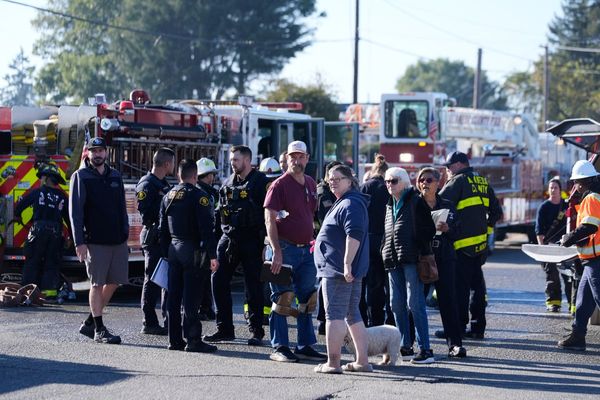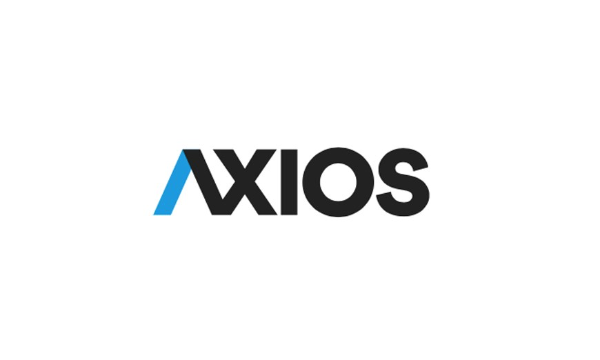GROWING up on the outskirts of Edinburgh, renowned memorial sculptor Kenny Hunter developed a love/hate relationship with the historic statues in the city centre.
“You could analyse all the public artworks of the capital and they all come with a code, a political code,” he said.
“They’re Unionist, most of them – there’s power, dominance, control and imperial might and all that sort of thing. I’m kind of seduced by the whole drama of public sculpture but I’m also very wary of all its codes and messages so my long-standing project with public art is to try and replace that certainty and singular message with uncertainty and questions.”
Although some believe the traditional monument has an outdated status, Hunter thinks it continues to act as an important reference point in contemporary art and a focal point for public discourse, either as an emblem for contested values or as a rallying point for societal change.
In a new exhibition of his work that opens this Saturday, he inverts traditional monumental values with unexpected uses of scale, material and subject matter to open up questions for the viewer rather than providing answers.
“This exhibition for The Fine Art Society can be seen as a continuation of my ongoing efforts to deconstruct the monument as a permanent symbol of political and historic progress and instead re-present it through my work as a form in flux, open to varied interpretation,” he said.
Among his high-profile sculptures are Citizen Firefighter outside Glasgow’s Central Station, Youth with Split Apple at King’s College, Aberdeen, and the Covid memorial, Your Next Breath, at the Royal College of Surgeons, for which he received the Marsh Award for Excellence in Public Sculpture in 2023.
His new exhibition reflects radical shifts in public sculpture over the past few decades, echoing changes in Scotland.
“Post-industrial Scotland is trying to find its voice, trying to find a new expression and a lot of public art is tied to regeneration,” Hunter pointed out. “It tries to signify the past but also point towards a possible future for communities.”
Rather than public art being dropped on a community, as it often was in the past, artists are now expected to engage with the people who live there.
And while it is often seen as less glamorous than the worlds of galleries and museums, Hunter believes it is now one of the most exciting areas of art.
“There’s a belief that public art is in some way a compromise or a sell-out but I think that is a naive way to look at it because, as a practitioner of public art, I’ve found it’s been an incredible privilege to work with other people, learn and collaborate,” he said.
“I think that’s generally a good way to work in any field as you’re getting exposed to a wide variety of people from all different backgrounds, different histories, different stories.
“It’s great work to be involved in and there seems to be an appetite for it. It’s a geographical point in the community and it can be a focal point for an impromptu celebration, or if there’s any kind of grief.”
Hunter’s Citizen Firefighter was such a focal point after 9/11 when it became an impromptu gathering point for the fire services of Scotland.
“Public art can have a social role,” said Hunter. “It’s not just visual aesthetics – it’s actually got a social function and it can have economic benefits for communities as well.”
Despite austerity and budget cuts, public art is still being made as appreciation has grown for its role as a community focus.
“It has a capacity to create a community around it and a sense of common identity, shared stories and shared histories,” said Hunter. “I think the artist has got to bridge that distance between the history of that community and its possible future. It’s an interesting thing to do.”
His new exhibition includes models of unrealised public art projects that he would love to create if he did not have to work to a brief.
“We very rarely get the opportunity to build something that comes directly out of the artist’s imagination,” he said. It’s always conditional on satisfying the brief and I’m not complaining about that. I think it’s great that we work out these ideas collectively. But I like the idea that the artist can make a memorable work as well that doesn’t need directed by outside forces.”
Let’s Forget is at Edinburgh’s The Fine Art Society from June 14 until August 30







